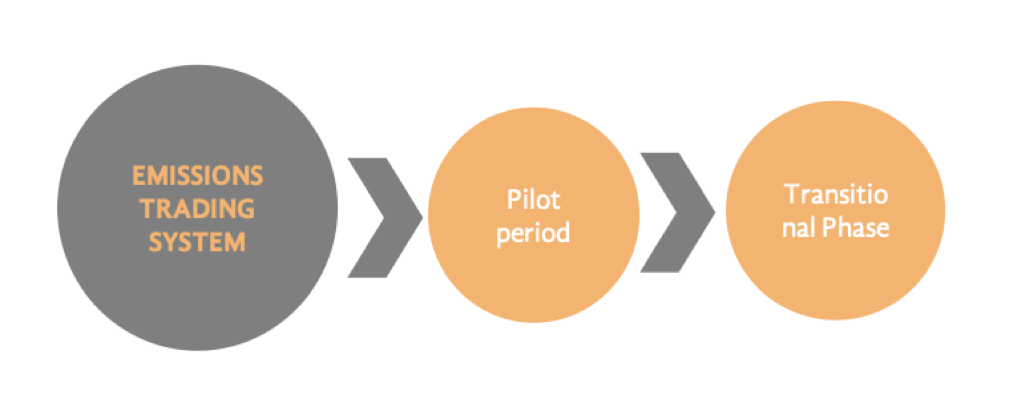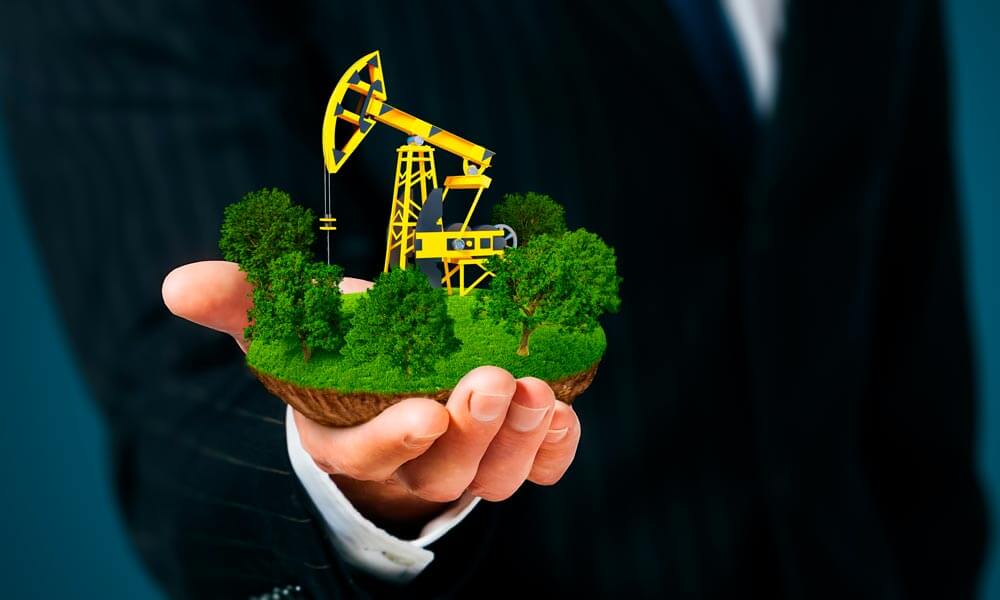Mexico has a solid legal framework that regulates air emissions impacts. In addition, specific guidelines that regulate emissions arise from Exploration and Production (E&P) of hydrocarbons have been developed recently: (i) the Technical Provisions for the use of associated natural gas in the exploration and extraction of hydrocarbons (Natural Gas Provisions), and (ii) the Guidelines for the prevention and control of methane emissions from the Hydrocarbons Sector (Methane Guidelines).

Besides, it is very likely that the Emissions Trading System be published in the short term in the Official Gazette by the Ministry of Environment and Natural Resources.
All the regulations above mentioned are aimed at reducing the environmental impact generated by the industry through the reduction of air emissions while simultaneously enabling process optimization, and hence operative cost reduction.
In accordance with the Natural Gas Provisions, Operators must have a Program for the Utilization of Natural Gas (PAGNA, by its Spanish acronym), based on a technical-economic analysis, and given priority to maximize the use of Natural Gas over flaring.
Within 3 years after the authorization of the Extraction Plan, Operators must achieve 98% of Natural Gas utilization per Contractual Area.
On the other hand, the Methane Guidelines obliged to perform a diagnosis to identify, classify and quantify methane emissions, whereby Operators will have to determine a Methane Emissions Annual Baseline, which will be the reference to evaluate the prevention and control of Methane Emissions for the rest of the life project.
In this regard, the Operators must hold a Program for the Prevention and Integral Control of Methane Emissions in the Hydrocarbons Sector (PPCIEM, by its Spanish acronym) within 12 months after the beginning of operations of new facilities; and for existing facilities, November this year.
The PPCIEM must foresee a vapor recovery system to reduce at least 95% of these emissions by directing them to a transfer, self-consumption, conservation or destruction system.
Likewise, for existing facilities, the PPCIEM has to include a reduction goal of methane emissions in accordance with the Annual Baseline to be achieved within a maximum period of 6 years after being filed before National Agency of Industrial Safety and Environmental Protection in the Hydrocarbon Sector.
Regarding the Emissions Trading System contemplates the reduction of emissions of Mexico’s greenhouse gases, specifically CO2, seeking the lowest possible cost for the industry, in a measurable, reportable and verifiable way.
It should be noted that these three regulations complement each other and are mandatory, especially considering that the deadline for the implementation of some obligations is running.
At Muvoil, we design tailormade integrated strategies to achieve air emissions reduction, assisting the upstream sector to fulfil the environmental regulation.
By Gerardo Tallavas, Senior Consultant at Muvoil Consulting
gerardo.tallavas@muvoil.com
Muvoil Consulting is a group of specialists in the O&G sector: legal, fiscal, social and environmental. Our multidisciplinary approach allows us to design strategic solutions that can unravel the most complex regulatory and transactional challenges that a petroleum project can face. Do not hesitate to contact us for further details.

